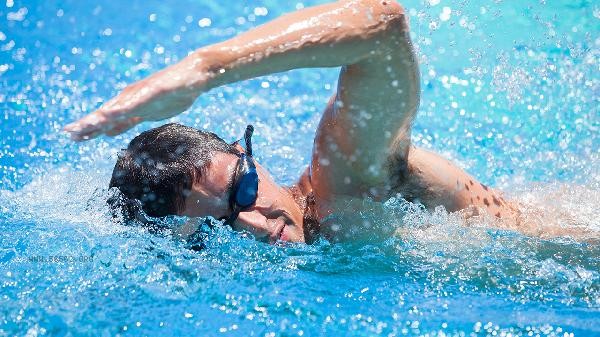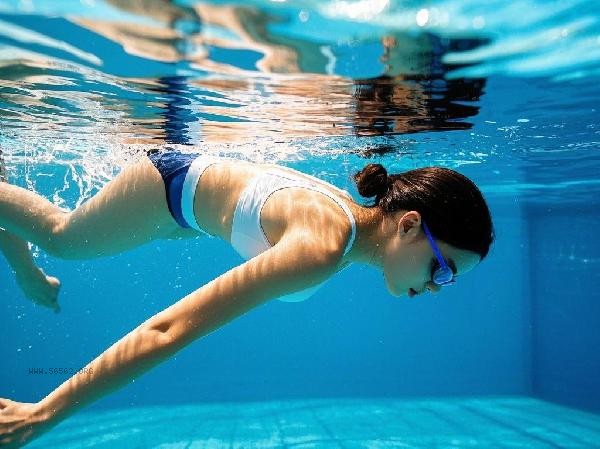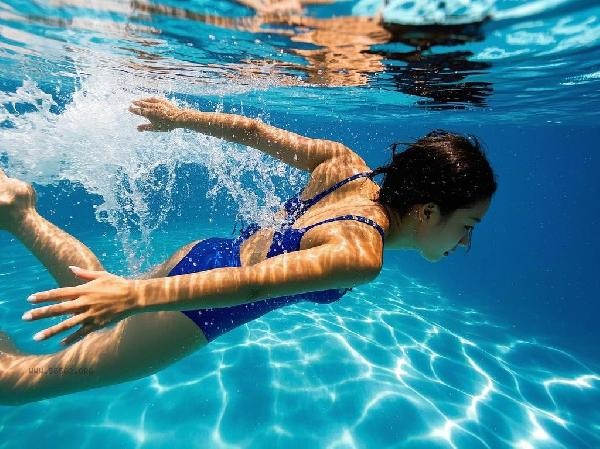The water in swimming pools is usually treated as circulating water, mainly through filtration and disinfection systems to achieve water quality updates. However, if not maintained properly, it may temporarily remain stagnant. The water quality status of a swimming pool mainly depends on the operation of the circulation system, the frequency of disinfectant addition, daily cleaning and maintenance, the number of users, and the degree of environmental pollutant invasion.

1. Operation of Circulation System
Regular swimming pools are equipped with sand tank filters and circulation pumps, which can circulate all water several times per hour, effectively removing suspended solids and some microorganisms. During the circulation process, new water will be replenished and some old water will be discharged to maintain the dynamic balance of water quality. International standards require a cycle time of no more than 4 hours, and competition pools must meet higher standards.
2. Disinfectant addition
Chlorine containing disinfectants will continue to decompose and be consumed, and the residual chlorine concentration needs to be maintained through an automatic dosing system. Ultraviolet or ozone assisted disinfection equipment can enhance the sterilization effect. The residual amount of disinfectant should be controlled within a safe range. If it is too high, it will cause irritation reactions, while if it is too low, it will not be able to kill pathogens.
3. Daily cleaning and maintenance
The suction machine cleans the sediment at the bottom of the tank daily, and the tank wall needs to be regularly brushed to prevent biofilm formation. The water quality monitoring instrument can detect parameters such as pH value and oxidation-reduction potential in real-time. During the high temperature period in summer, the frequency of water change needs to be increased, and after the rainstorm, the backflow rainwater should be treated in time.

4. User load
The dandruff, sweat, and cosmetics brought in by swimmers can accelerate the deterioration of water quality. When the per capita water area is insufficient, the concentration of urea and organic matter rapidly increases. Children's pools require more frequent water treatment due to the risk of excrement, and some places may use copper silver ion disinfection technology.
5. Environmental pollutants
Outdoor swimming pools should prevent foreign objects such as leaves and insects from falling in, and indoor swimming pools should pay attention to air circulation. Extreme weather conditions may cause the filtration system to overload, and emergency response plans need to be activated. Old pipelines may cause heavy metal precipitation, and regular testing of water quality for heavy metal content is necessary. When choosing a swimming pool, one should observe whether there are obvious floating objects on the surface of the water, smell for a pungent chlorine smell, and touch the pool walls with their hands to see if they are slippery. It is recommended to rinse the body with clean water before and after swimming to avoid carrying pollutants into the pool. Swimming should be suspended when suffering from infectious diseases or skin damage, and women during menstruation are recommended to use sanitary tampons. It is recommended for infants and young children to choose a dedicated swimming pool, and the soaking time should not exceed 30 minutes per session. Wear well sealed goggles while swimming to reduce eye contact with the pool water. If there is skin itching or conjunctival congestion after swimming, seek medical attention promptly and inform of contact history.







Comments (0)
Leave a Comment
No comments yet
Be the first to share your thoughts!